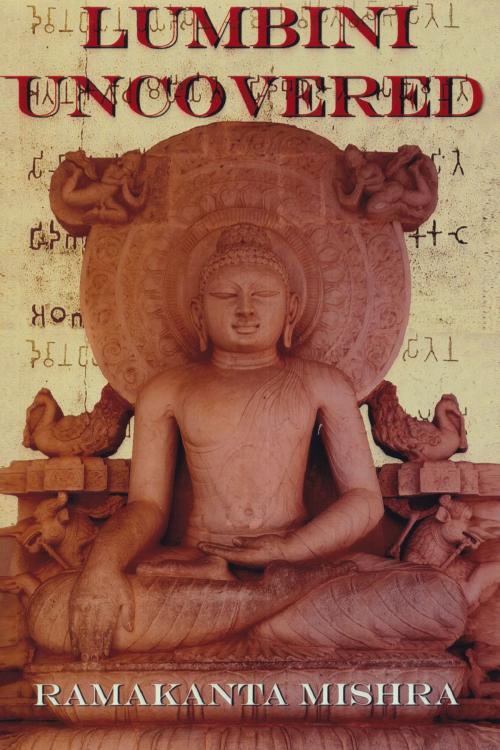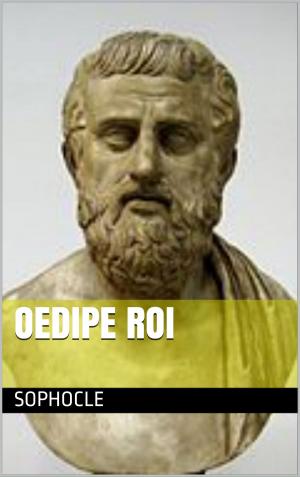| Author: | Ramakanta Mishra | ISBN: | 9781370018765 |
| Publisher: | Ramakanta Mishra | Publication: | June 25, 2017 |
| Imprint: | Smashwords Edition | Language: | English |
| Author: | Ramakanta Mishra |
| ISBN: | 9781370018765 |
| Publisher: | Ramakanta Mishra |
| Publication: | June 25, 2017 |
| Imprint: | Smashwords Edition |
| Language: | English |
Lumbini is the most sacred place of pilgrimage for Buddhists, because Buddha was born there. Millions of pilgrims must have visited the place during the one and half millennia when it was accessible. But none of them have left any record of their pilgrimage except Fa-hian (Faxian) and Hiuen Tsiang (Xuanzang), who visited Lumbini in the 4th and 7th century CE respectively. They found the Lumbini garden well-preserved including the bathing tank of the Śakyas. But Kapilavastu, the capital city situated some 10 miles west of Lumbini, had become a deserted city. Only a few monks and a few families were living there. No human beings were seen on the roads, where elephants and lions were roaming freely. A few centuries later Lumbini became a lost place; no one knew anything about it. Many even doubted if it really existed on earth.
Although these two Chinese pilgrims have left the details of their journey, it does not help in retracing their path to Lumbini. After such a long gap, the names of the places have changed. The information they have provided has therefore become undecipherable. It is not possible to ascertain the location of Lumbini using the information available in the scriptures either, which is rather vague. Different scriptures give different information that cannot be reconciled. Where was Lumbini then? Nothing can be said with certainty.
In the 19th century, massive efforts were undertaken to rediscover Lumbini. In 1896 CE, Dr. Führer identified Lumbini with Rummindei of Nepal, based on an Aśokan pillar inscription found there. The inscription contains the words 'hida budhe jāte sakyamunīti' and 'hida bhagavaŋ jāte ti luŋmini-gāme'. These are interpreted as ‘Śakyamuni Buddha was born here’ and ‘here, in Lumbini, was the Lord born’. If Buddha was born in Rummindei, then it must be Lumbini. But this place does not match with the description of Lumbini given in the scriptures. It does not match with the description of Lumbini given by Fa-hian and Hiuen Tsiang either. What about the evidences, on the basis of which Rummindei was identified as Lumbini in the first place? The ebook shows that these evidences are actually baseless.
32 years later, the same edict was found hundreds of miles away at Kapileswar in Odisha. This inscription also contains the same words: 'hīda budha jata sa(k)yamunīti silā' and 'hida bhagava jāteta lamini game'. Although there are differences in spelling, these words also mean ‘Śakyamuni Buddha was born here’ and ‘here, in Lumbini, was the Lord born’. Kapileswar must then be Lumbini. But how can there be two Birthplaces? This has puzzled the scholars for last 90 years, but no definitive solution has emerged. This ebook shows that none of these places is Lumbini. So there is no puzzle. But this also means that Rummindei, the place in Nepalese Tarai, which is presently believed to be the Lumbini, is actually not the ancient Lumbini. In other words, the real Lumbini is yet to be discovered.
Lumbini is the most sacred place of pilgrimage for Buddhists, because Buddha was born there. Millions of pilgrims must have visited the place during the one and half millennia when it was accessible. But none of them have left any record of their pilgrimage except Fa-hian (Faxian) and Hiuen Tsiang (Xuanzang), who visited Lumbini in the 4th and 7th century CE respectively. They found the Lumbini garden well-preserved including the bathing tank of the Śakyas. But Kapilavastu, the capital city situated some 10 miles west of Lumbini, had become a deserted city. Only a few monks and a few families were living there. No human beings were seen on the roads, where elephants and lions were roaming freely. A few centuries later Lumbini became a lost place; no one knew anything about it. Many even doubted if it really existed on earth.
Although these two Chinese pilgrims have left the details of their journey, it does not help in retracing their path to Lumbini. After such a long gap, the names of the places have changed. The information they have provided has therefore become undecipherable. It is not possible to ascertain the location of Lumbini using the information available in the scriptures either, which is rather vague. Different scriptures give different information that cannot be reconciled. Where was Lumbini then? Nothing can be said with certainty.
In the 19th century, massive efforts were undertaken to rediscover Lumbini. In 1896 CE, Dr. Führer identified Lumbini with Rummindei of Nepal, based on an Aśokan pillar inscription found there. The inscription contains the words 'hida budhe jāte sakyamunīti' and 'hida bhagavaŋ jāte ti luŋmini-gāme'. These are interpreted as ‘Śakyamuni Buddha was born here’ and ‘here, in Lumbini, was the Lord born’. If Buddha was born in Rummindei, then it must be Lumbini. But this place does not match with the description of Lumbini given in the scriptures. It does not match with the description of Lumbini given by Fa-hian and Hiuen Tsiang either. What about the evidences, on the basis of which Rummindei was identified as Lumbini in the first place? The ebook shows that these evidences are actually baseless.
32 years later, the same edict was found hundreds of miles away at Kapileswar in Odisha. This inscription also contains the same words: 'hīda budha jata sa(k)yamunīti silā' and 'hida bhagava jāteta lamini game'. Although there are differences in spelling, these words also mean ‘Śakyamuni Buddha was born here’ and ‘here, in Lumbini, was the Lord born’. Kapileswar must then be Lumbini. But how can there be two Birthplaces? This has puzzled the scholars for last 90 years, but no definitive solution has emerged. This ebook shows that none of these places is Lumbini. So there is no puzzle. But this also means that Rummindei, the place in Nepalese Tarai, which is presently believed to be the Lumbini, is actually not the ancient Lumbini. In other words, the real Lumbini is yet to be discovered.















